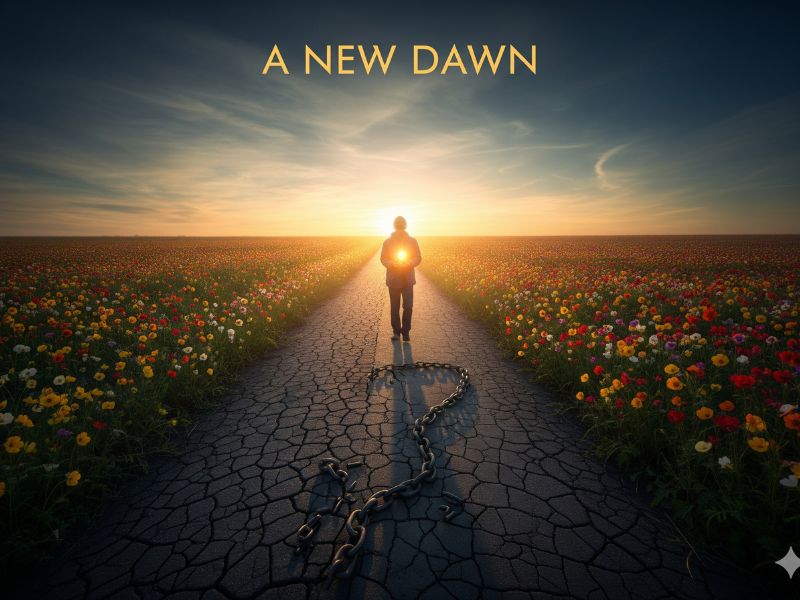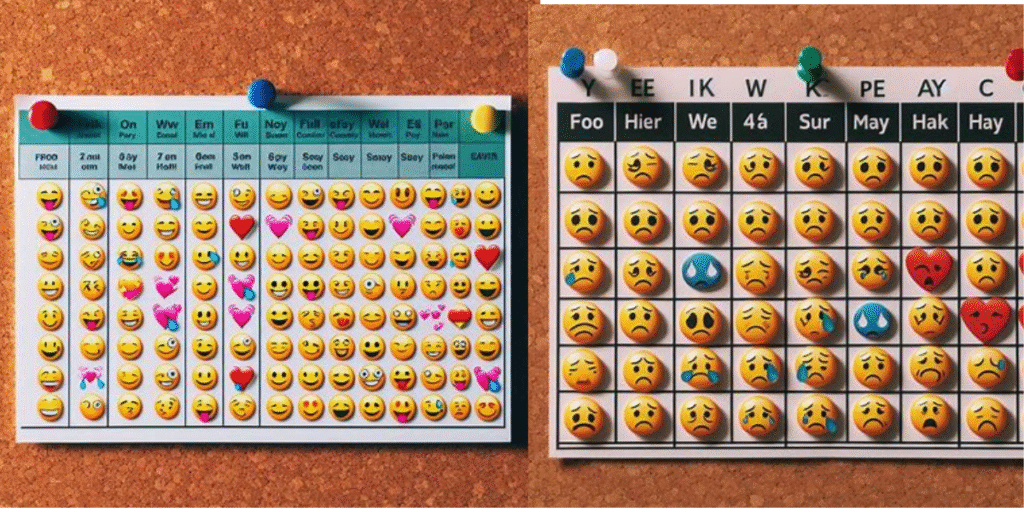Every September 10th, the world pauses to observe World Suicide Prevention Day. For many, it’s a solemn reminder of lives lost, of families left shattered, and of silent battles fought in the shadows. For others, it’s an opportunity to shed light, to extend hope, and to speak aloud what too often remains whispered in shame.
Theme for 2025: Changing the narrative on suicide
But here’s the truth: changing the narrative on suicide is not just about awareness, it’s about rewriting the story we tell ourselves and each other about pain, resilience, and healing. Too often, conversations around suicide are drenched in stigma, hushed tones, or fear of “saying the wrong thing.” Yet silence never saved anyone. Stories, empathy, and open dialogue do.
I know this because I’ve been there. Not in theory, but in lived reality. Moments when the weight of life felt unbearable, when “just hold on” sounded like empty words, and when darkness seemed louder than hope. What changed things wasn’t a magic cure—it was the shift in narrative: the realization that my pain didn’t make me weak, that asking for help wasn’t shameful, and that healing wasn’t linear. That shift is what this article is all about.
1. The Silent Epidemic: Why Suicide Needs a Narrative Shift

Globally, suicide claims over 700,000 lives each year, according to the World Health Organization. Behind that number are mothers, brothers, partners, friends, lives that once held dreams, laughter, and love.
Yet when we talk about suicide, the language often isolates instead of connects. We say “committed suicide” as though it’s a crime. We tiptoe around the subject, or worse, judge those who express such thoughts as “attention seekers.” This narrative keeps people silent when silence is the most dangerous place to be.
Changing the narrative on suicide means moving away from shame-based language toward compassion-centered understanding. It means treating mental pain with the same urgency and empathy as physical pain.
2. Vulnerability is Courage: Stories that Heal

Think of the times you’ve heard someone share their mental health journey openly. Didn’t it give you permission to breathe a little easier about your own struggles? Vulnerability doesn’t push people away, it draws them closer.
For instance, consider Kevin Hines, who survived a suicide attempt after jumping off the Golden Gate Bridge. His story isn’t about the fall, it’s about the hope that followed. Today, he travels the world advocating for prevention, reminding people that pain is real, but so is recovery.
That’s why changing the narrative on suicide means highlighting survivors’ voices. It means saying: You are not your worst day. Your story doesn’t end here. It’s still being written. It imperative to read on healing trauma, believe me, I have not found a post more comforting on this on healing trauma and that It didn’t start with you.
3. Breaking the Myths that Keep Us Silent

There are so many harmful myths about suicide that fuel stigma and prevent meaningful conversations. Let’s address a few:
- Myth 1: Talking about suicide makes it more likely.
In reality, honest conversations reduce risk. Silence isolates, but dialogue connects. - Myth 2: People who talk about suicide are just seeking attention.
If someone is speaking about their pain, it is a cry for help. That attention could save their life. - Myth 3: Only people with “serious mental illness” think about suicide.
Life circumstances, trauma, loss, and overwhelming stress can bring anyone to the edge.
Changing the narrative on suicide means replacing myths with truth. And truth builds bridges where stigma once built walls.
4. Practical Ways to Change the Narrative in Everyday Life

You don’t have to be a therapist or a mental health expert to make a difference. Here are small but powerful ways to shift the narrative around suicide:
- Change your language.
Say “died by suicide” instead of “committed suicide.” Words matter. - Listen without judgment.
Sometimes the most powerful gift you can give is silence and presence. - Check in regularly.
A simple “I’ve been thinking about you” can remind someone they’re not invisible. - Share your story.
If you’ve struggled, opening up might give someone else the courage to reach out. - Educate yourself.
Learn the warning signs and resources available in your community.
When enough of us practice these small acts, we collectively start changing the narrative on suicide from one of shame to one of shared humanity.
5. An Analogy: Storms Don’t Last Forever
Imagine you’re caught in a violent storm. The rain lashes down, thunder roars, and visibility is near zero. In that moment, it feels like the storm will never end. But storms are temporary, they pass, even if they leave behind puddles and broken branches.
Suicidal thoughts can feel like that storm, loud, suffocating, endless. Yet with support, the skies can clear. Changing the narrative on suicide means helping people remember storms don’t define the whole climate. The sun is still there, waiting.
6. Actionable Steps for Those Struggling

If you are struggling right now, please hear this: You are not alone. There are steps you can take today, however small:
- Tell one person how you feel. Even if it’s messy, even if it’s hard.
- Write down your pain. Sometimes putting words on paper makes the load lighter.
- Create a safety plan. Note the numbers of friends, family, or hotlines you can call.
- Do the smallest next thing. Drink water, step outside, take a breath—micro-actions matter.
Remember: Healing is not about perfection; it’s about persistence.
FAQs on Changing the Narrative on Suicide
Q1. Why is language so important when discussing suicide?
Language shapes perception. When we say “committed suicide,” we imply wrongdoing. Saying “died by suicide” recognizes the tragedy without blame. This subtle shift promotes compassion.
Q2. How can I support a loved one who is suicidal?
Listen more than you speak. Validate their pain without minimizing it. Ask directly if they are thinking about suicide, it doesn’t plant the idea but opens a door to honesty.
Q3. What if I don’t know what to say?
It’s okay to admit that. Simple phrases like “I’m here for you” or “You don’t have to go through this alone” can mean everything.
Q4. Are suicidal thoughts always a sign of weakness?
Absolutely not. They’re a sign of deep pain, not weakness. People who battle suicidal thoughts are often incredibly strong, carrying invisible burdens.
Q5. How can society collectively change the narrative?
Through education, open dialogue, media responsibility, and communities that normalize vulnerability. Every voice matters in rewriting the story.
Closing Thoughts: A Collective Call to Compassio
On this World Suicide Prevention Day, let’s move beyond awareness campaigns and hashtags. Let’s commit to changing the narrative on suicide, from silence to openness, from stigma to support, from despair to possibility.
As the poet Rumi once wrote:
“The wound is the place where the Light enters you.”
Our collective wounds, of loss, of silence, of misunderstanding, can also be the space where light shines brightest.
If you are reading this and struggling, please know: your story is not over. There are chapters ahead that you cannot yet see, filled with love, laughter, and meaning. Stay for them. Stay for yourself. Stay because the world is infinitely better with you in it.



